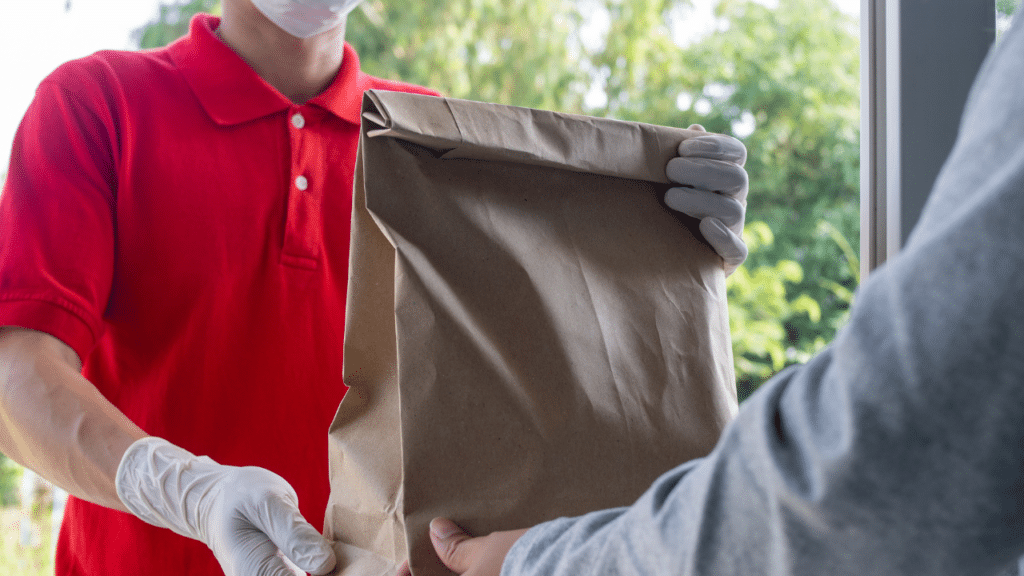Hyperlocal Model and its Functioning

Changing consumers habits, from visiting offline stores to purchasing everyday essentials online, have changed how traditional businesses operated post pandemic. The hyperlocal delivery model took a flight worldwide, in order to offer convenance to the customers and help local vendors stay in business. Experts assume that this model will expand remarkably in the future and there is no turning back.
In this article, we will explore the hyperlocal model and its functioning leading towards the possibilities of endless profits and prosperity of businesses around the globe.
The hyperlocal marketplace model is based on delivering the goods or services directly from the seller to the buyer within the shortest possible time span. This becomes possible by connecting the neighborhood stores and vendors through an efficient and convenient Mobile App directly to the customers. This model delivers required products to the customer doorstep, without them having to step outside.
Let’s break it down a bit more, for easy understanding. The hyperlocal model calls for localization in its true spirit. It requires a system to satisfy the on-demand needs of the consumer of a particular locality. It is an online business model in which the local shops meet the on-demand needs of the customer by using the digital platform. The demand may be for services or products. Some of the ideas include grocery, restaurant food deliveries, pharmaceutical products, handyman services so on and so forth.
Hyperlocal vs Last-Mile Model:
Well, this is something very confusing for everyone. As both these models are very much similar in nature yet maintain their difference.
Let’s discuss these models so that we can distinguish between them. Both models have their own pros and cons. We would have to deep dive into both to understand them better. More often than not we get confused and use them both interchangeably.
Last Mile Model
Last Mile delivery service is defined as the process of transporting packages, products or merchandise from a central location to the customer’s doorstep. It includes collecting different products from the multiple sources or a single warehouse. Simply put, Last Mile Deliveries are the last leg of delivery process. Riders or agents carry the packages and deliver them to their relevant locations. These agents carry these packages on their bikes, vans, or any other transportation medium. The time line for last mile deliveries can be any where from 1 to 3 days or sometimes even more. Last Mile delivery model is for the E-Commerce companies, retailers, FMCG companies and/or courier companies for delivering the products over an extended period of time (read days).
Hyperlocal Marketplaces Model
The hyperlocal marketplace model is an extension of Last Mile Deliveries. This usually aims to deliver the merchandize within 2 to 3 hours or a maximum of 6 to 8 hours. These models cater to the limited geographical area. Its delivery time is shorter than that of the typical Last Mile model. It refers to the process of the direct delivery of a product from the seller to the customer within a limited time span. This model gained hype in the covid-19 pandemic when fleets are restricted in their homes. At that dreadful time, this model helped businesses by delivering a required product to the customer doorstep. A good example would be Instacart.
Relevance of Last Mile and Hyperlocal Delivery Model:
As we all know the whole world was trapped in their homes during the dreadful COVID time period. Both these models worked well to meet the demands of the people. Now these delivery models are engrained in our DNA.
We saw many changes during the past year and a half and one of them is a hyperlocal delivery model. This model completely replaced old conventional brick and mortar style of shopping. The tech companies backing the new formed interest and expectations of the customers. Understanding that the buying patterns have drastically changed. The hyperlocal marketplace model actually helps a lot to deliver relevant product to within no time. Hyperlocal marketplace model is also great for the local neighborhood stores who were quickly running out of business. This newer version of quicker deliveries saved the local business ecosystem from collapsing.
In the Last-mile model, customer has to wait to receive deliveries, as this model works on merchandize arriving, countrywide and worldwide.
Concluding the above discussion we would say that both these models work best in their own arena. You have to study these models in detail to decide which model suits your business to improve your efficiency and strength. As both these models are efficient in their own ways and both work concurrently to meet our demands.

